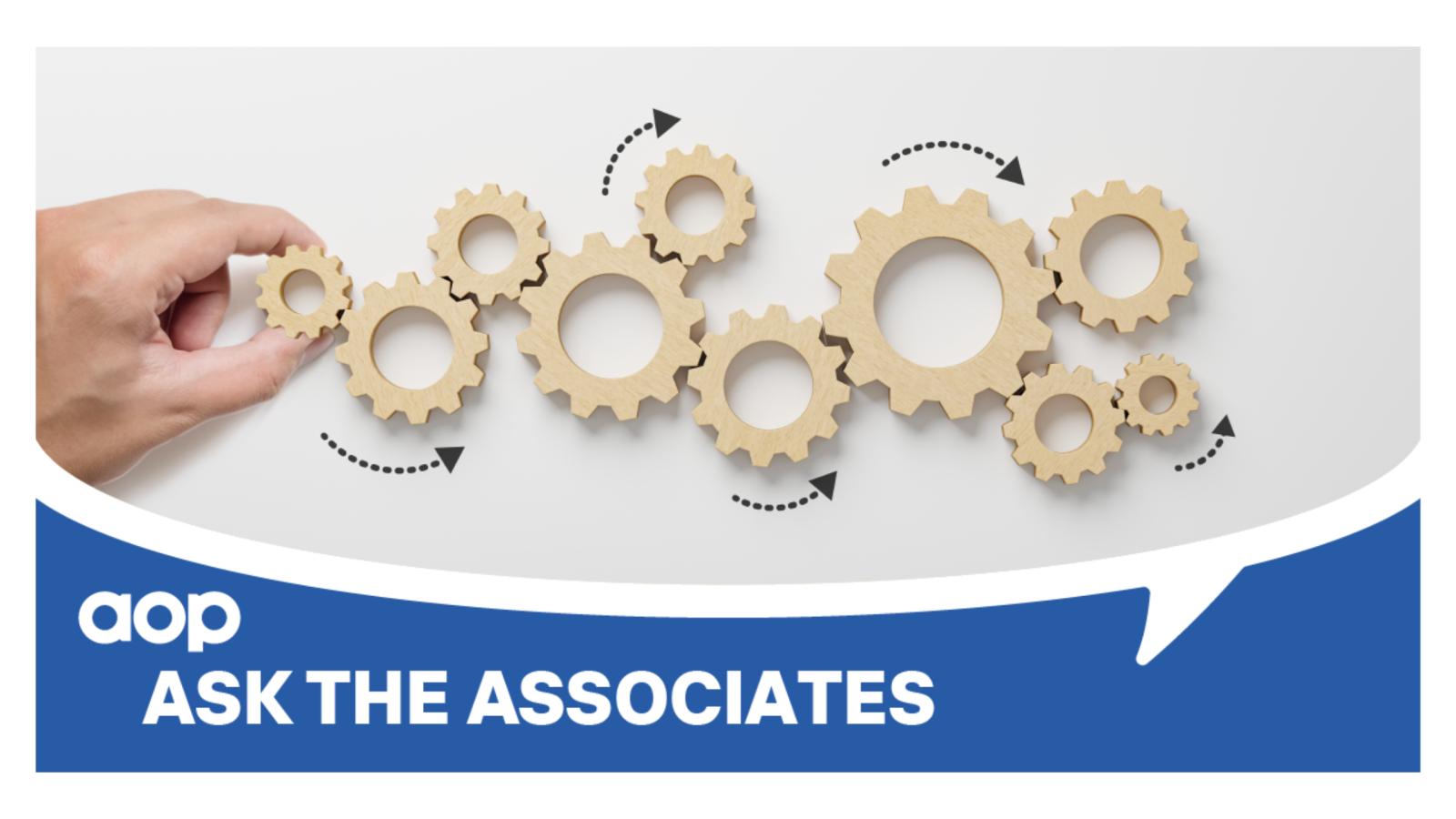
Six opportunities you might be missing to free up resources in your team
Published: 07 Feb 2023
It is a truth universally acknowledged that a digital publisher never has enough time. There’s always projects on the back burner waiting for attention or that one initiative that you think could be a real game changer if you just had enough time to dedicate to it.
At a time when the country is experiencing a squeeze on resources, what opportunities might digital publishers be missing to easily automate aspects of their organisation and free up time and energy across their team to focus on developing the next ground-breaking idea? Here are six ideas from our Associate partners to help you identify potential areas where you could be wasting vitally needed resources.
1. Measuring brand lift and demonstrating advertising effectiveness
Most publishers are heavily dependent on advertising revenue and are increasingly finding cost-conscious advertisers demanding evidence that their campaigns are working effectively to justify future spend. Campaign effectiveness data is therefore moving from a “nice to have” to a “must have”, to enable publishers to demonstrate the value of advertising in their environments. And this should apply for all campaigns, not just the large ones.
But traditional ad effectiveness measurement can be a costly and time-consuming process, which makes it hard to implement such a measurement strategy at scale. And that is why technology-led alternatives, which measure brand lift simply and cost-effectively, are gathering traction. The real benefit of this to publishers is to shift the valuable time of their often-small internal research teams, away from just project managing a modest number of campaign measurement projects each year and towards analysing scaled brand lift data, collected from multiple campaigns, to explore what works best on their sites and to use these learnings proactively to add fresh insight to future advertising proposals.
Anette Hallgren, Client Director, Brand Metrics
2. Outsourcing repetitive tasks to AI
The main benefit of using automated processes in publishing is that delegating menial tasks to AI provides vast amounts of extra time for people to focus on complex operations and creativity. When staff are not weighed down by repetitive tasks, they can focus on strategic work such as investigative journalism, writing engaging brand content and building meaningful, profitable relationships. Ultimately, using AI in publishing means that the everyday tasks are taken care of, and staff are free to use their time on more exciting, creative projects - increasing enjoyment, productivity and profitability.
Allan Tinkler, Head of Platform Business Development EMEA, Quantcast
3. Enhancing your first-party data strategy
Most publishers are under massive pressure to achieve revenue targets with limited resources and competing priorities. That’s why many are taking steps to automate and enhance their first party data strategies, specifically around authenticated audiences, by implementing privacy-compliant technology that enriches the value of their ad inventory, driving up CPMs and ultimately increasing revenue.
Authenticated users present a significant opportunity for publishers to capture unique ad budgets from some of the most sophisticated brands. By improving monetisation of these audiences through both direct and programmatic channels, publishers can free up resources to work on other projects.
Luke Fenney, VP Addressability, Europe, LiveRamp
4. Balancing between competing priorities for digital real estate
Traditionally in publishing, striking the balance between editorial and revenue has always been a challenge. With revenue diversification becoming ubiquitous in many organisations, this has added greater complexity to the equation with a range of additional stakeholders needing a slice of site real estate to promote their own initiatives; advertising, subscriptions, ecommerce, brand partnerships and the list goes on. This has resulted in many competing KPIs, with departments working in silos, and optimizing site real estate for the end user has to be done manually. With new technological innovations in the industry, this process can now be automated. Through AI and machine learning technologies, publishers can optimize user journeys in alignment with multiple business goals. This means that real estate is awarded on the basis of reaching the most relevant end user, most likely to interact and maybe sign-up, and not on the basis of being awarded to the stakeholder that shouts loudest.
Richard Chambers, Head of Publishers - Northern Europe, Outbrain
5. Programmatically selling display, video, and CTV inventory
Many publishers do not have large engineering teams that can constantly stay ahead of everything in ad tech. With more advertiser budgets moving toward online video inventory, publishers of all sizes have expanded their video offerings with many dabbling in that space. Selling display, video and CTV inventory programmatically on the open web requires a sophisticated tech stack which means publishers without in-house resources have to manage a heavy technical lift, often turn to vendor services for a solution. Having a close partnership with the SSPs and testing some of their innovative bidding solutions like PubMatic’s Prebid OpenWrap unified bidding, could save publishers’ resources while also maximising revenues.
Tim Willcox, Regional VP, UK, PubMatic
6. Exploring the opportunities of dynamic creative optimisation
One big opportunity that may seem to be focused around publisher ad operations offers much more. The industry calls it DCO, but it’s only when you unpick 'dynamic creative optimisation' from a publisher perspective that the impact it can make on sales, client engagement and incremental revenue becomes clear. First, workflow. Instead of tens or hundreds of line items and creatives in the DSP or GAM, it’s a handful - a massive time and production cost saving that clients, creative and ops teams love. Second, new ad products. By layering on easy activation of contextual targeting capabilities like geo, weather and first party audience data, the underlying opportunity with DCO becomes clear: better, more relevant ads for sustainable growth .
Martin Pavey, CEO, IVO
Categories: AOP News | Ask the Associates
